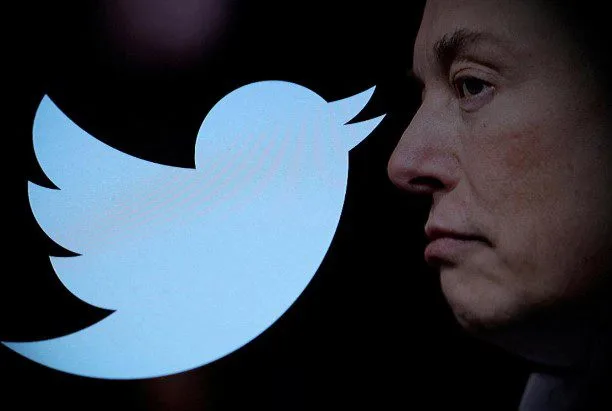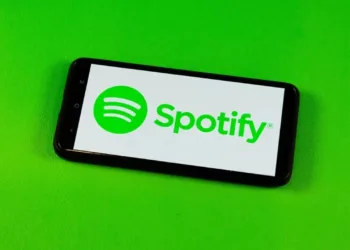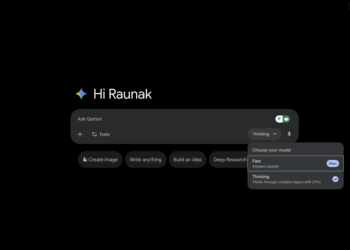Elon Musk, the head of Twitter, said in a series of tweets on 21 January 2023 that the subscription service would offer an ad-free tier as well as fewer advertising to customers. Since being taken over by Musk in October, the social media platform has been experiencing significant economic uncertainties. On 21 January 2023, Musk tweeted “Ads are too frequent on Twitter and too big. Taking steps to address both in coming weeks.”
There will also be a more expensive membership option for people who select it, according to Musk, “that permits zero commercials.” That would represent a fundamental shift in Twitter’s business strategy, which up until the mid-December debut of a paid subscription service had relied on targeted advertising as a primary source of revenue.
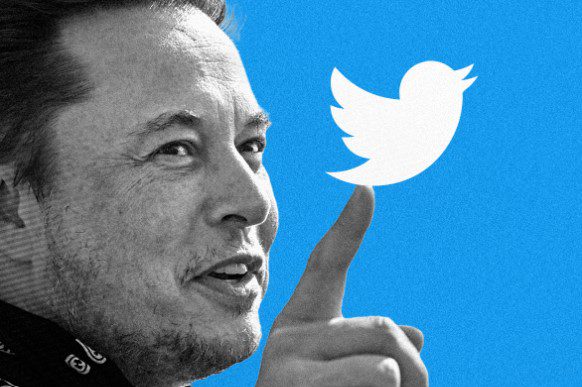
However, after Musk let go of about half of the company’s 7,500-person employees in late 2017, the company’s advertising strategy has come under scrutiny. Concerns about the company’s lack of staffing to handle content filtering and frighten governments and advertisers were raised by the move.
Musk claimed that his plan was to drastically cut expenses while increasing revenue, stating that a new subscription service called Twitter Blue, which charges users for the coveted blue verification tick, would aid in achieving this objective.
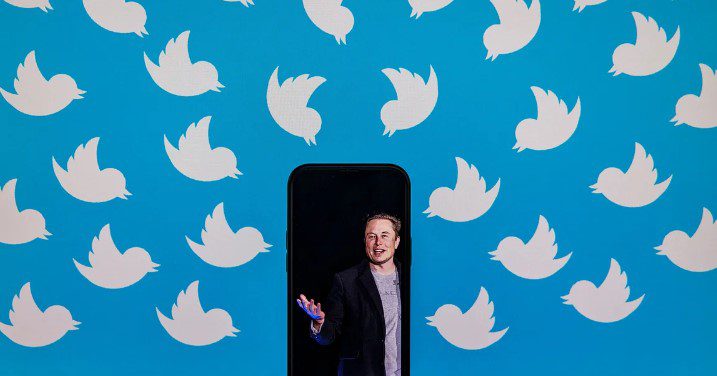
According to a page on the business’s website, the service costs $11 per month in the US and is compatible with both Android and iOS operating systems. Additionally, web subscriptions are offered for $8 monthly or, at a saving, $84 per year. Currently, Twitter Blue is accessible in Australia, the UK, Japan, Canada, the US, and New Zealand.
Mass layoffs, the reinstatement of blocked accounts, and the suspension of reporters who criticize the wealthy South African-born Elon Musk have all contributed to the instability that has gripped Musk’s Twitter. Racist or offensive tweets also increased after Musk’s takeover, which attracted regulatory attention and drove away major advertisers, Twitter’s primary source of income.

